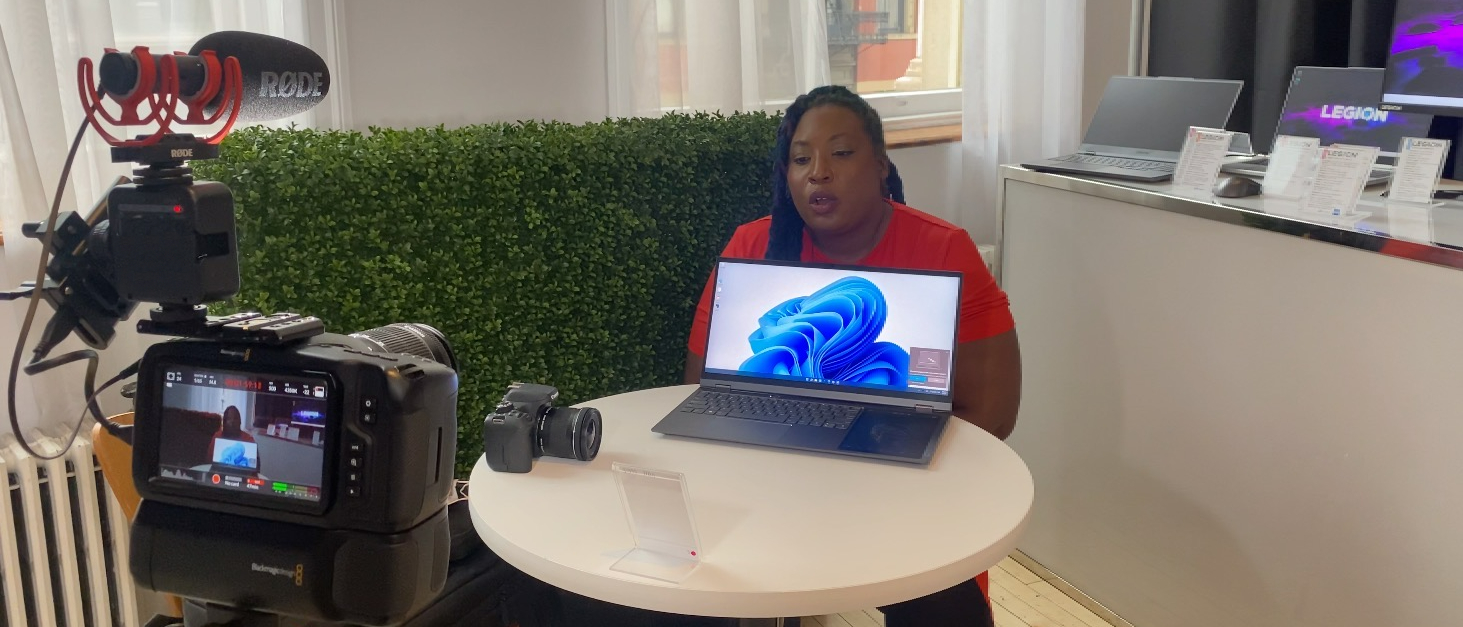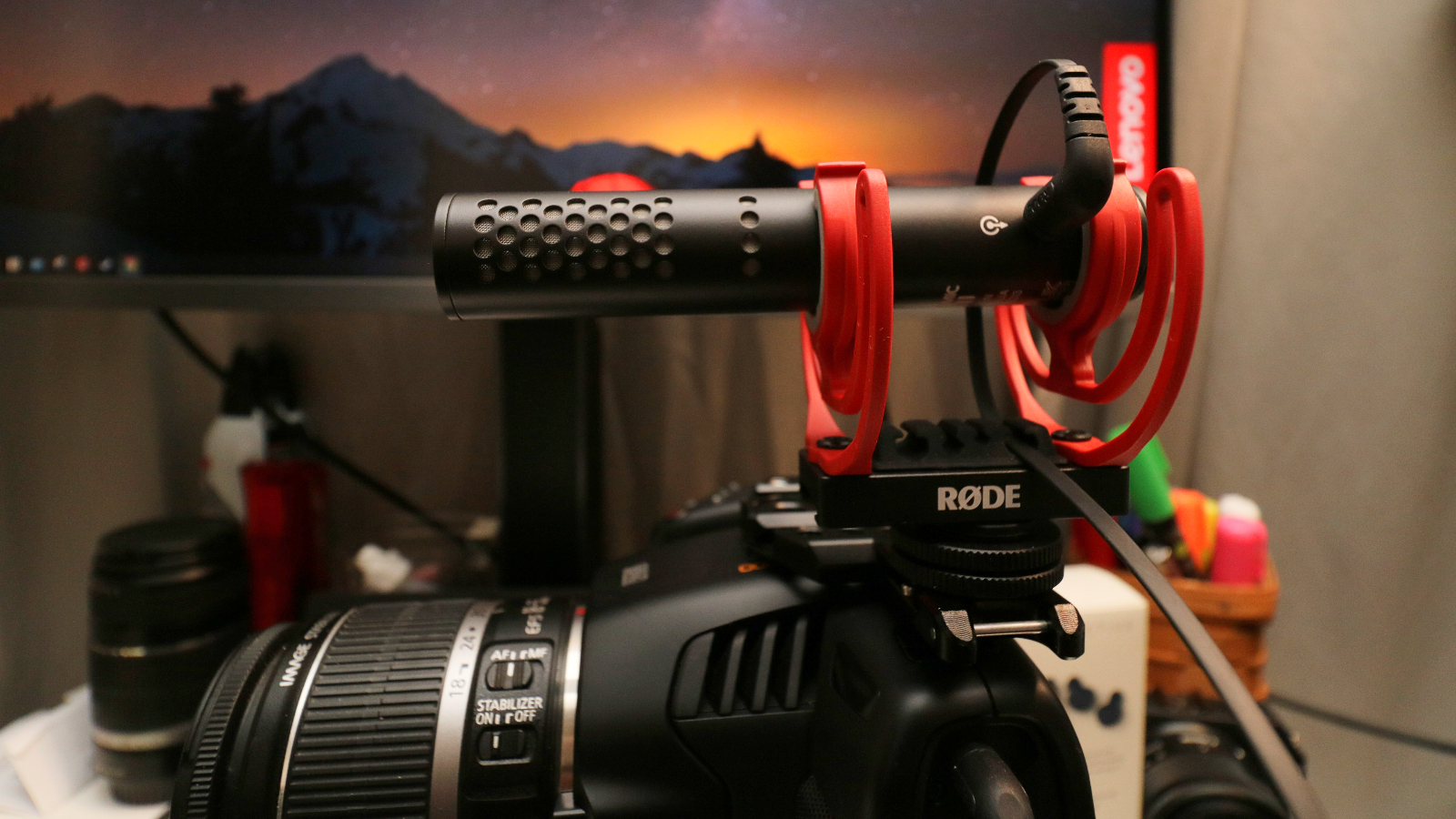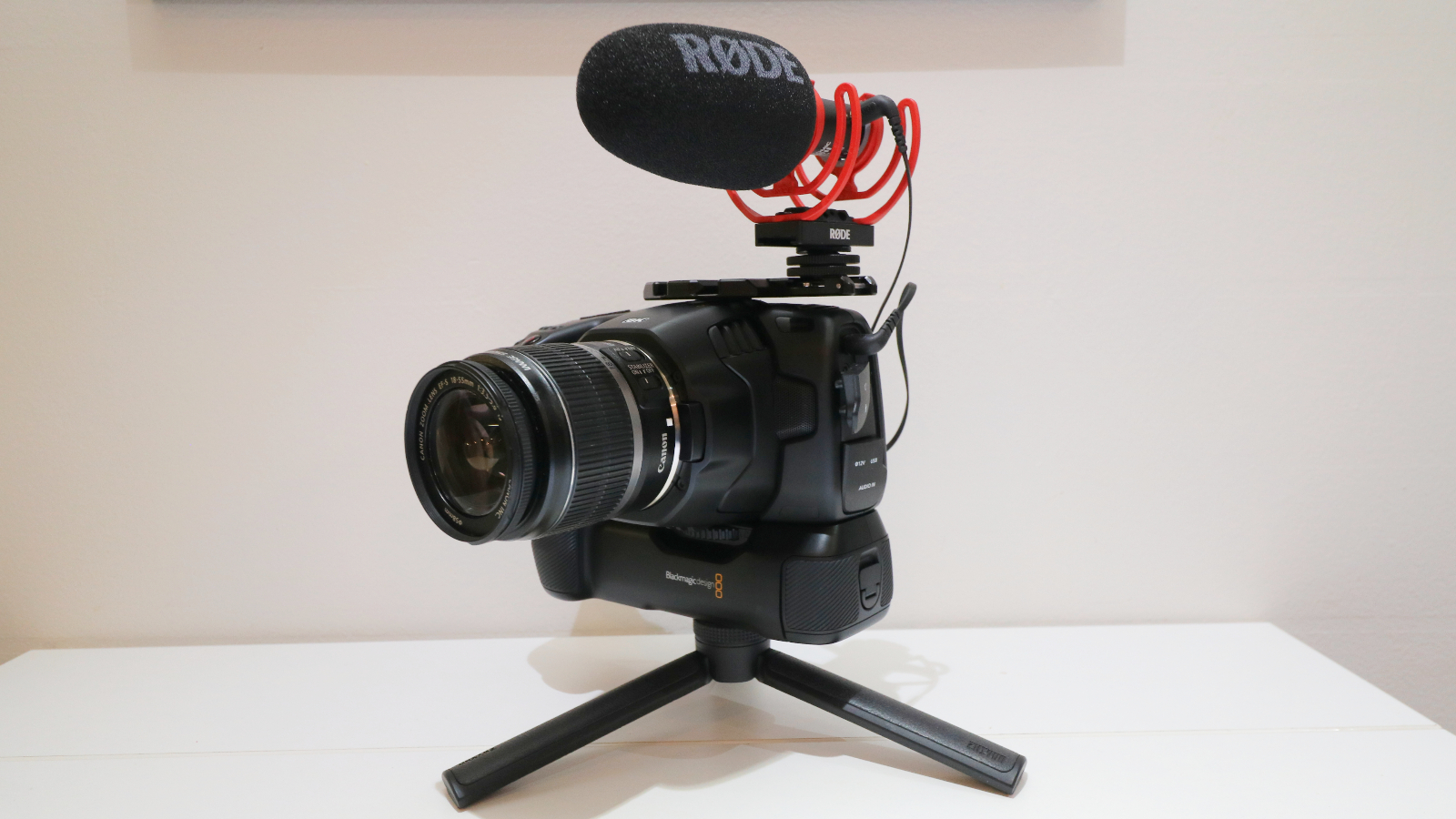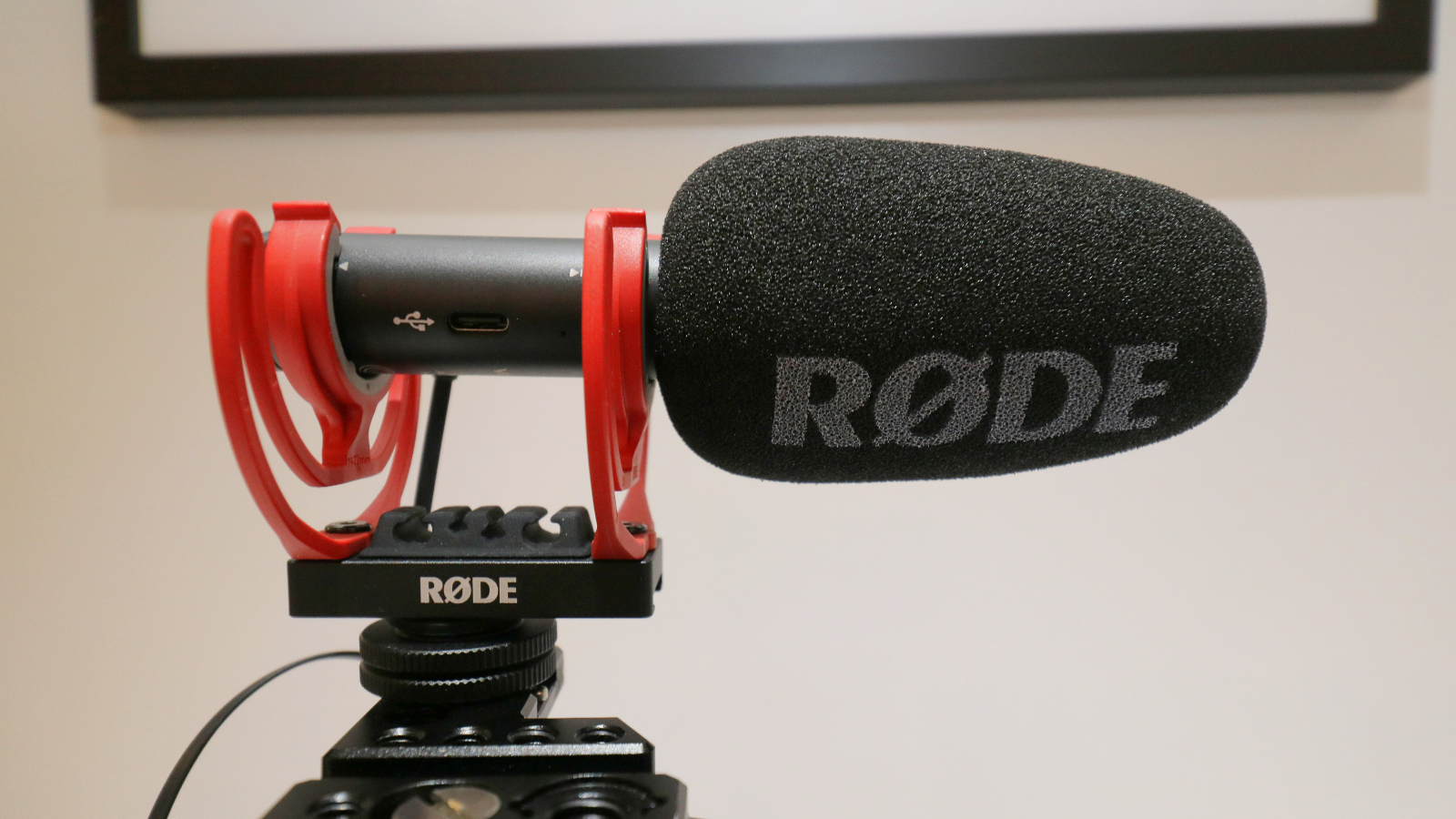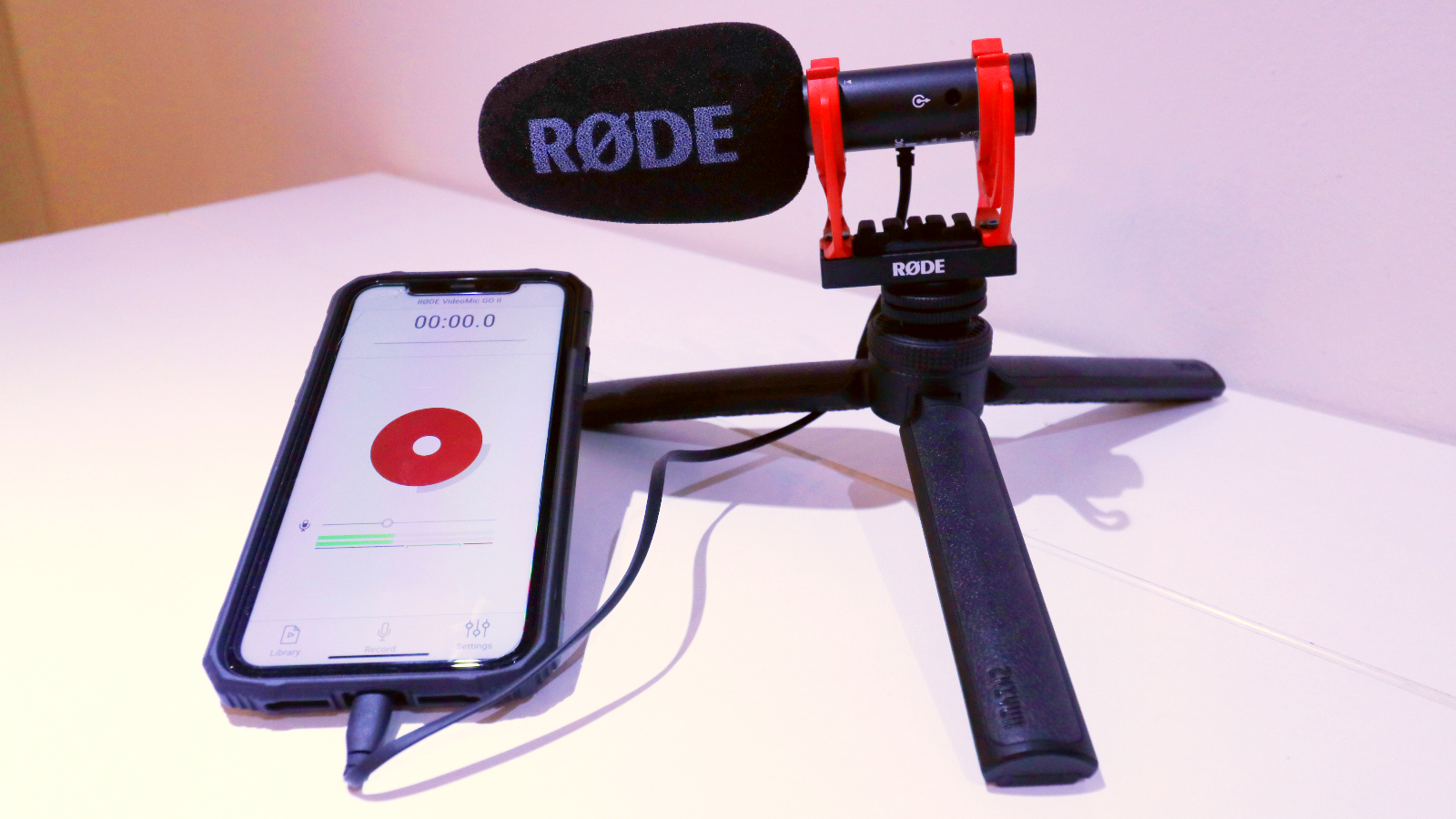Laptop Mag Verdict
The ultra-lightweight Rode VideoMic Go II proved itself in the field taking drops, kicks, and dirt while still recording some of our best audio to date. With an excellent free software suite sweetening the deal, Rode has hit a home run with the VideoMic Go II
Pros
- +
Excellent recording quality in both analog and digital
- +
Ultra-lightweight all-metal design
- +
Sturdy
- +
Excellent easy-to use free software suite
- +
Multiple device connection options
- +
Affordable
Cons
- -
Looks similar to other mics
Why you can trust Laptop Mag
Today, Rode launched the VideoMic Go II, and we got to go hands-on and field-test it immediately. Our video team at Laptop Mag often has to rely on run and gun production, so we put tremendous value on excellent sound quality and durability. Also, we put a significant value on affordability, and at just $99, you get a lot of value and multiple platform recording options with the Rode VideoMic Go II.
For content creators like us, gear that is easy to use and just works is invaluable. We don’t care about hype or promises, and the Rode Videomic Go II works and delivered on its advertised promises of producing quality audio with excellent depth. Let’s take a look at the Rode Videomic Go II and see if it can avoid cracking (literally or figuratively) under the pressure of our exacting audio standards and savage production environment.
Rode VideoMic Go II design
The all-metal constructed Rode VideoMic Go II will remind you of other compact shotgun mics, especially its siblings: the Rode VideoMic Go and the VideoMic Go Plus. With the windscreen removed its black cylindrical features will remind you of Rode’s popular VideoMic NTG.
In some ways, the Rode VideoMic Go II will appear common until you get near the rear of the microphone as it sits nestled in the included red shock mount. The foam windscreen with the Rode logo on it does an excellent job of keeping wind noise to a minimum as well as plosives that might occur.
Near the rear, you will find the 3.5mm audio jack for analog recording on the left side.
The USB-C port is on the right for digital recording, allowing users to multiple connection options. This is wonderful if your new smartphone doesn’t have a 3.5mm audio jack because now you have the option of using the USB-C port to connect to your smartphones (Android and iPhone compatible), tablets, or other devices with the included cables. The screw lock cold shoe mount located on the bottom of the shock mount is sturdy and has a ⅜ thread you can use to mount it.
The Videomic Go II weighs just 0.19 pounds (89 grams) and measures just 5.9 x 2.75 x 3.3-inches, making it a true ultra-lightweight compact shotgun mic. It is perfect to use with small, medium, and large cameras as well as smartphones. So far, the Rode Videomic Go II has proven itself to be small but mighty as I have dropped tested it a few times as well as thrown it haphazardly into my gear bag with not a bend, crack, or drop in auditor recording quality to speak of.
The VideoMic Go II is also compatible with Rode’s apps for laptops, smartphones, and tablets, allowing you to fine-tune your settings and get studio-quality recordings.
Sign up to receive The Snapshot, a free special dispatch from Laptop Mag, in your inbox.
Rode Rode VideoMic Go II audio quality
The Rode Go II features an electret condenser mic that user a super-cardioid polar pattern that delivers a frequency response between 20Hz and 20kHz. The unit features 24-bit depth allowing for a greater dynamic range, with 48kHz sample rates ensuring your ability to record the best sound possible and a maximum SPL of 110 decibels which provides distortion-free recording.
We recently packed up the Rode VideoMic Go II and used it at the CES 2022 Lenovo event and captured excellent audio to go with our footage. As you can see and hear (here), Laptop Mag’s Editor-in-Chief Sherri Smith sounded exceptionally clear, with excellent depth and tone in her voice. In our other recording, where we combined the audio from the Rode Lavalier II and the VideoMic Go II, we got crystal clear recordings we we’re thrilled with during editing. We never experienced any distortion and background noise was kept to a minimum. You can check out our shared highlights and thoughts on Lenovo’s new products launched during CES 2022, which you can see below.
Throughout our video recordings, we got crystal clear audio with excellent depth. So I wanted to test out using the VideoMIc Go II connected to my iPhone using the included USB-C to lightning cable while recording with Rode’s Reporter app.
I set the mic up on a table and pressed record and was very happy with the studio quality recordings I made using the VIdeoMic Go II. The mic captured all the timbre of my voice, with nice deep bass and no distortion no matter how loud I spoke. The VideoMic Go II impressed me, and I would use it to record myself and another person during an on-the-go podcast. I suggest playing with it and making adjustments within the app to get the sound you’re looking for since we all have a different ear, and it’s fun.
Rode Rode VideoMic Go II software
Rode’s VideoMic Go II is plug-and-play but, I love the ability to connect the VideoMic GO II to a smartphone, tablet, or computer via USB. It just opens up a whole new world of creative options for me and allows access to the supercharged features available in Rode’s app suite: RØDE Connect, RØDE Central, and RØDE Reporter.
Rode describes Rode Central as a “handy desktop and mobile companion app that gives users access to advanced features, including a high-pass filter, high-frequency boost, pad, and complete control over the input level and headphone output level.”
Rode Connect is a free podcasting and streaming software that allows users to connect up to four VideoMic GO IIs (and other compatible Rode microphones) to connect to a computer. Rode Connect will grant users complete control over the microphone’s input level, access to the high-pass filter, high-frequency boost, pad, and studio-grade audio processing, including the APHEX Aural Exciter and Big Bottom effects a compressor and noise gate. So it’s a full-powered suite that will have you creating a podcast in no time.
Rode’s Reporter app is meant more for people seeking a simpler solution on the go but still want to record broadcast-quality audio onto a smartphone or tablet. All three applications are free to download, easy to use, and help any creator level up their audio game.
Bottom line
Rode outdid themselves with the affordable $99 VideoMic Go II. Not only does it record excellent audio when connected to your camera but, it can double as an excellent on-the-go podcast mic you can connect to your smartphone. With its multiple connectivity options, you can use it to film with just about any smartphone, tablet, camera, and computer, making it an excellent multiuse microphone that will step up the quality of content by recording broadcast and studio-quality audio.
When you factor in the free Rode software suite, which allows you to record high-quality audio across multiple platforms, and the $99 price tag, Rode knocked this one out of the park.

Mark has spent 20 years headlining comedy shows around the country and made appearances on ABC, MTV, Comedy Central, Howard Stern, Food Network, and Sirius XM Radio. He has written about every topic imaginable, from dating, family, politics, social issues, and tech. He wrote his first tech articles for the now-defunct Dads On Tech 10 years ago, and his passion for combining humor and tech has grown under the tutelage of the Laptop Mag team. His penchant for tearing things down and rebuilding them did not make Mark popular at home, however, when he got his hands on the legendary Commodore 64, his passion for all things tech deepened. These days, when he is not filming, editing footage, tinkering with cameras and laptops, or on stage, he can be found at his desk snacking, writing about everything tech, new jokes, or scripts he dreams of filming.
